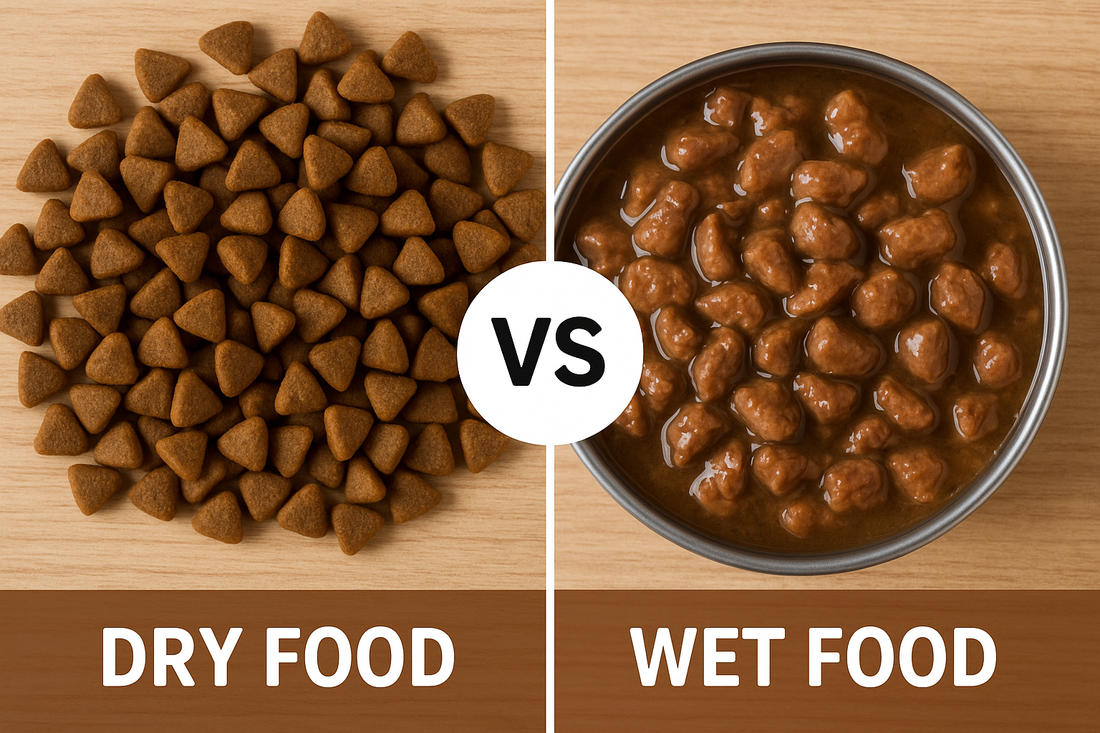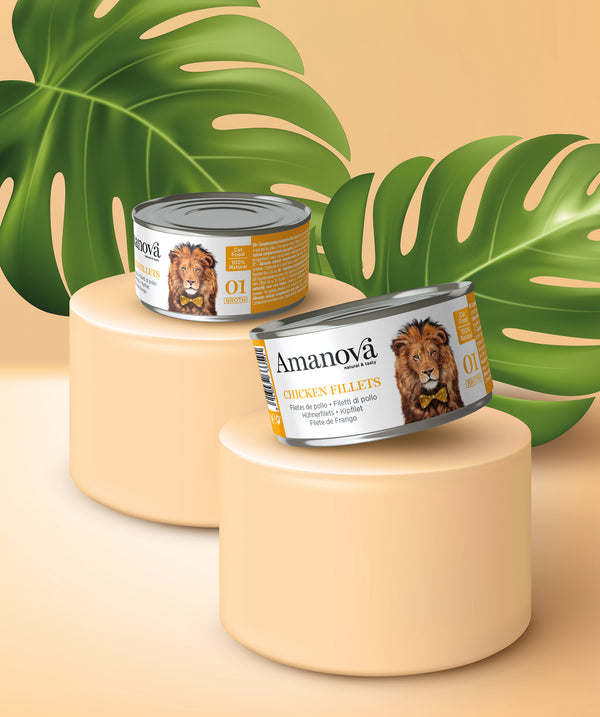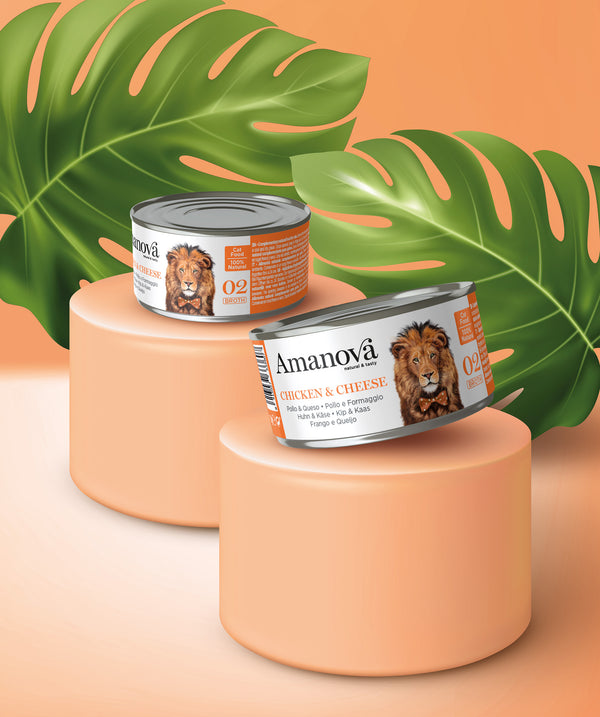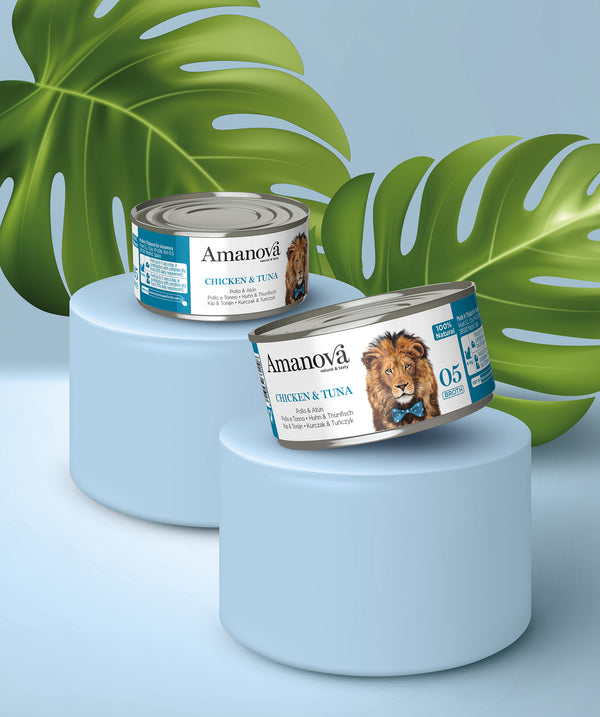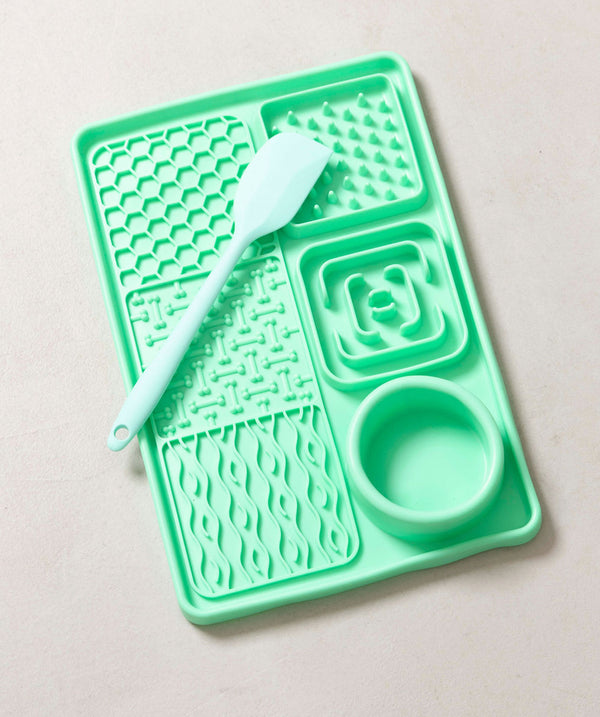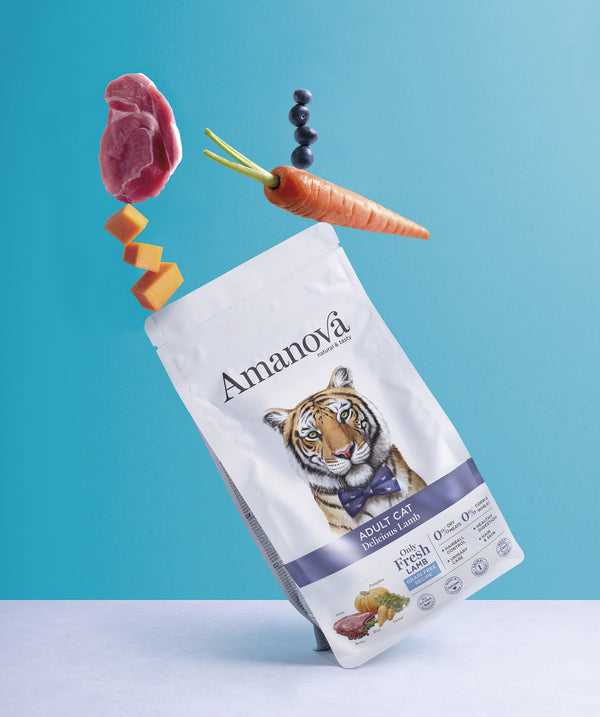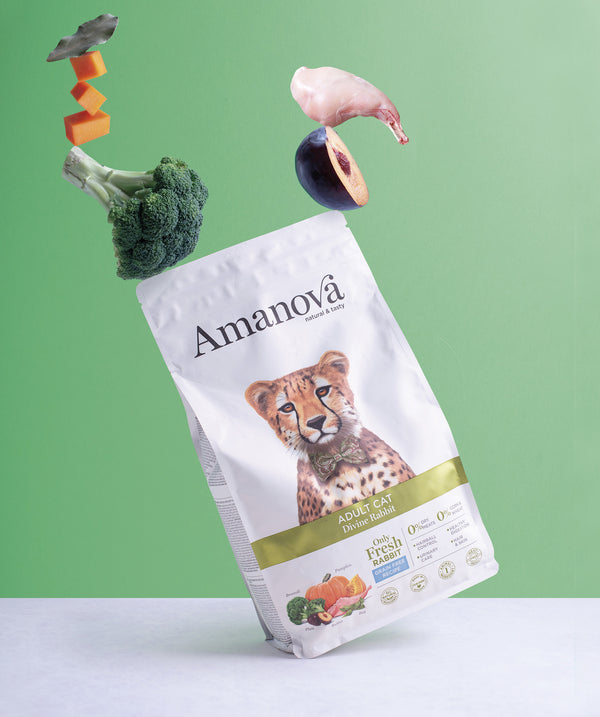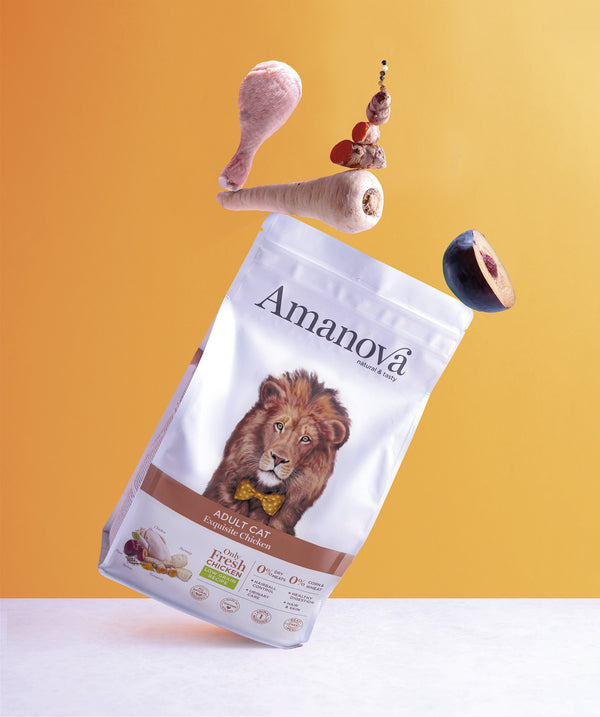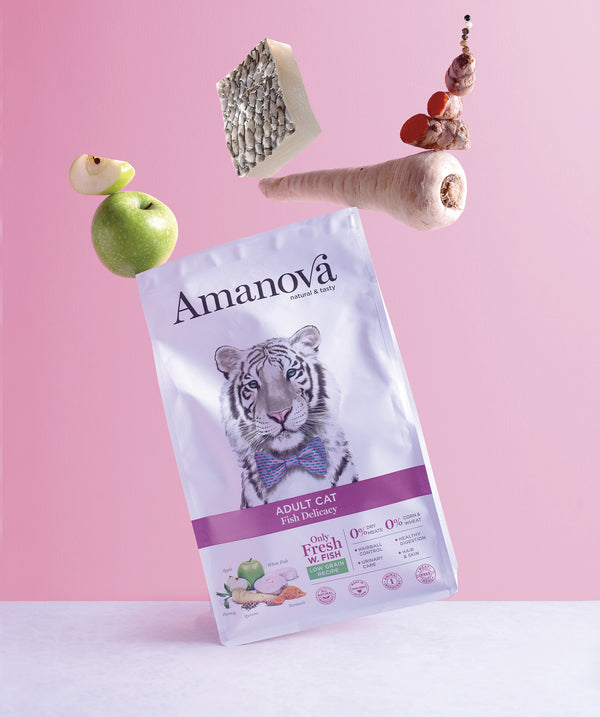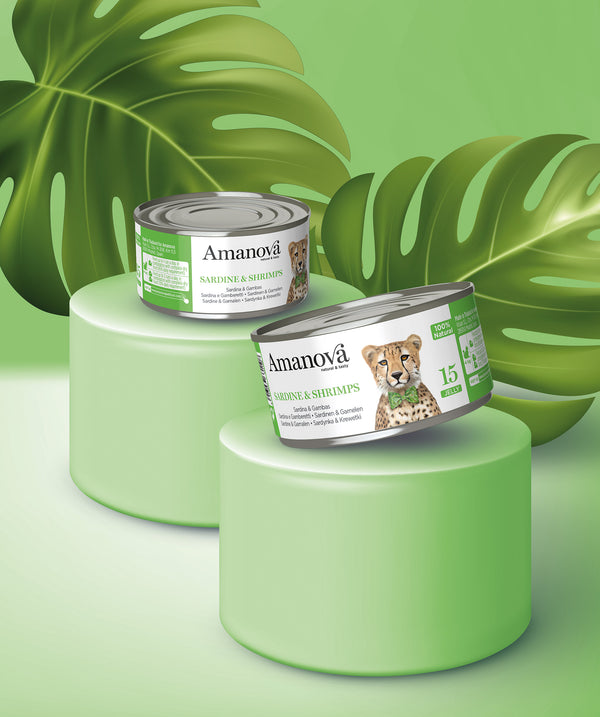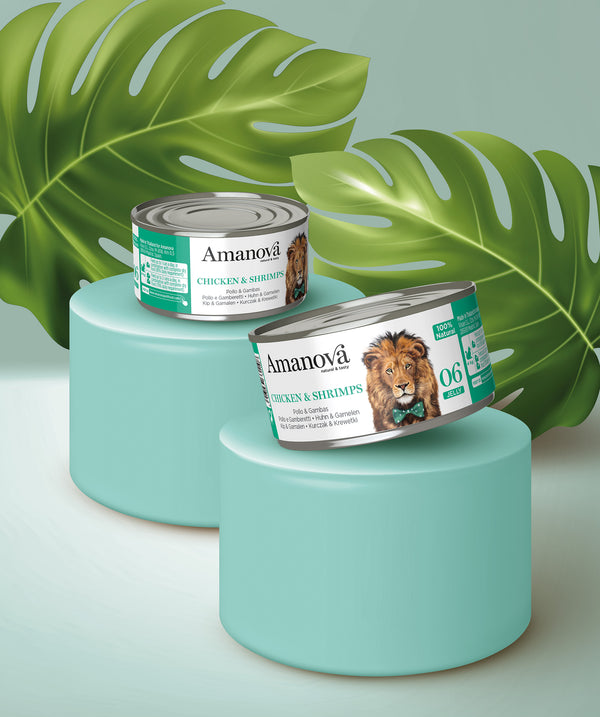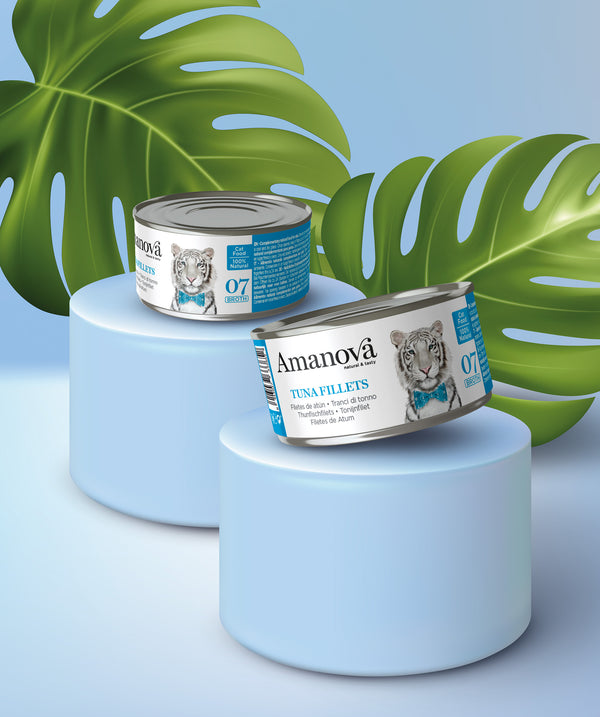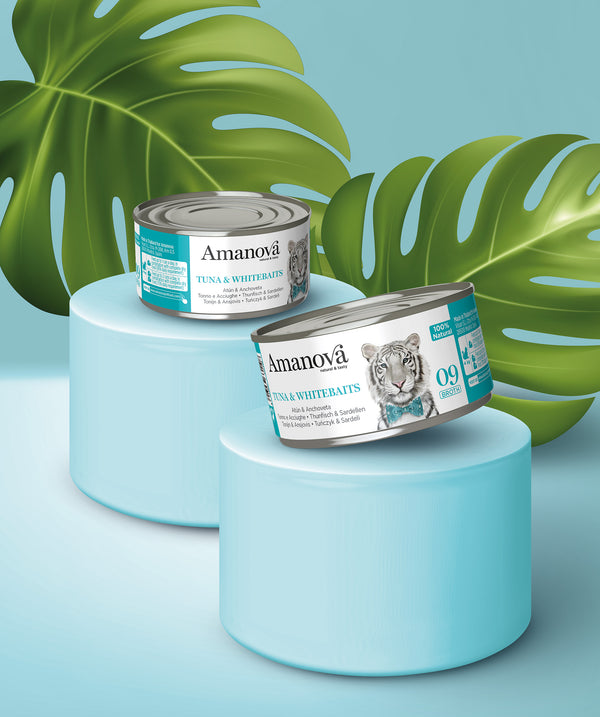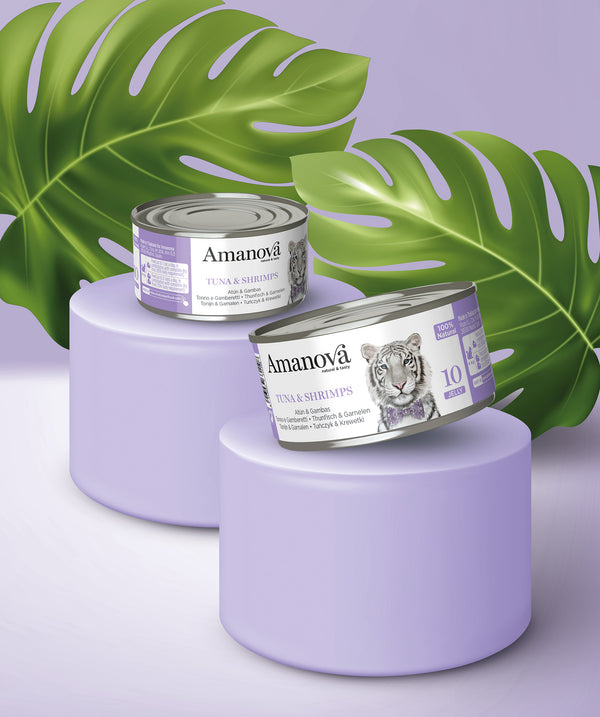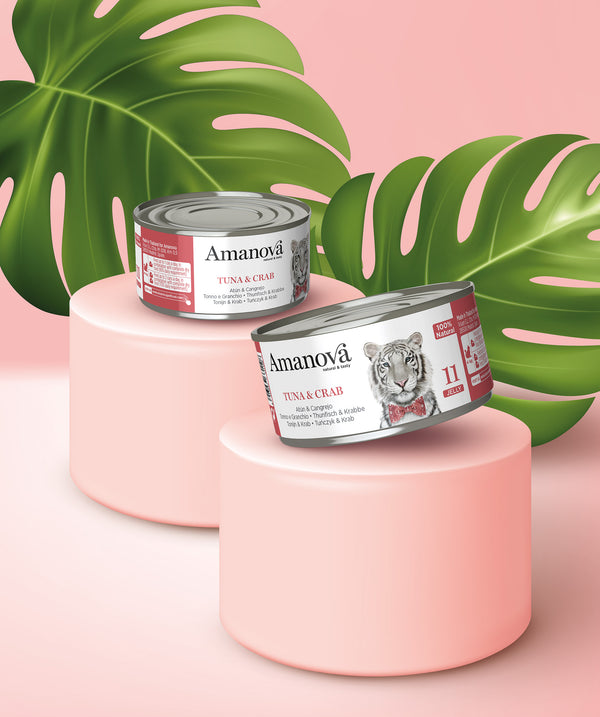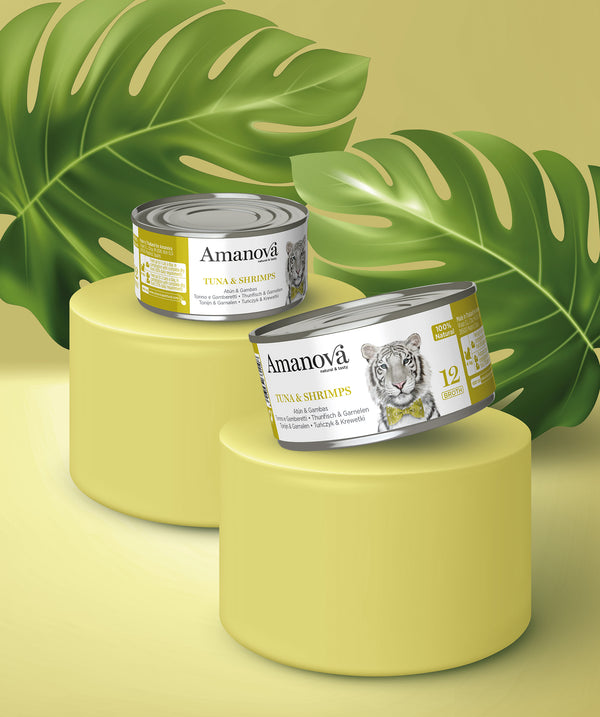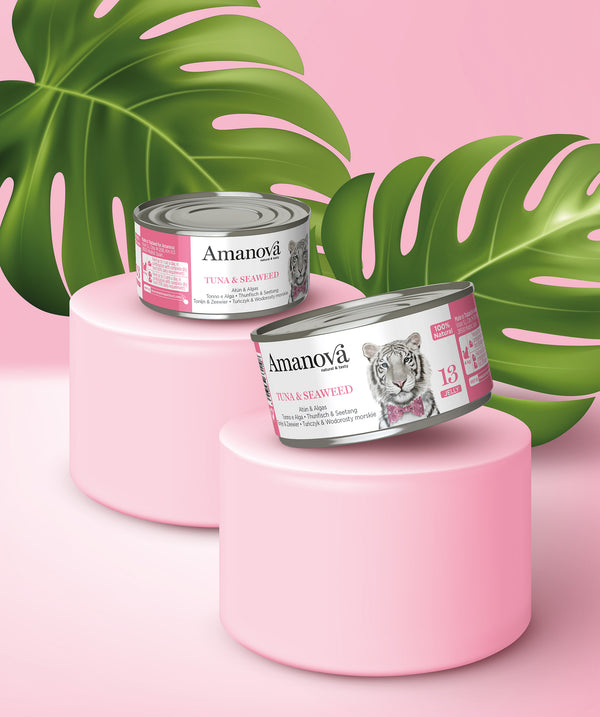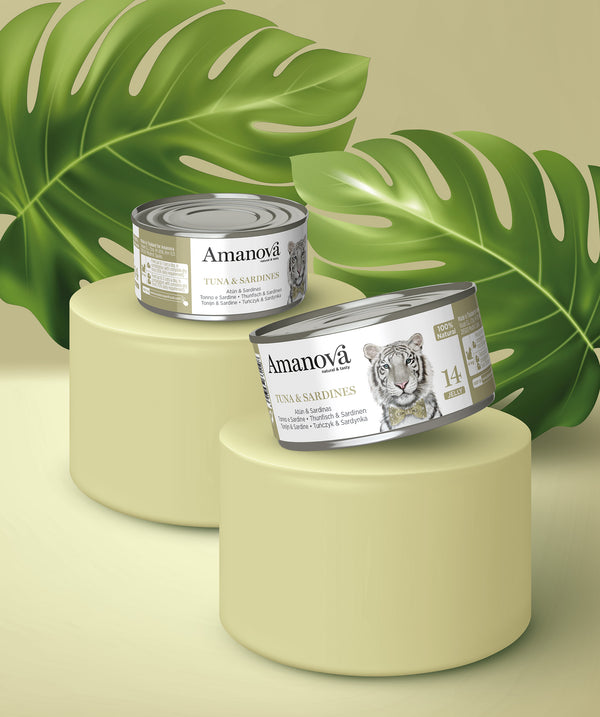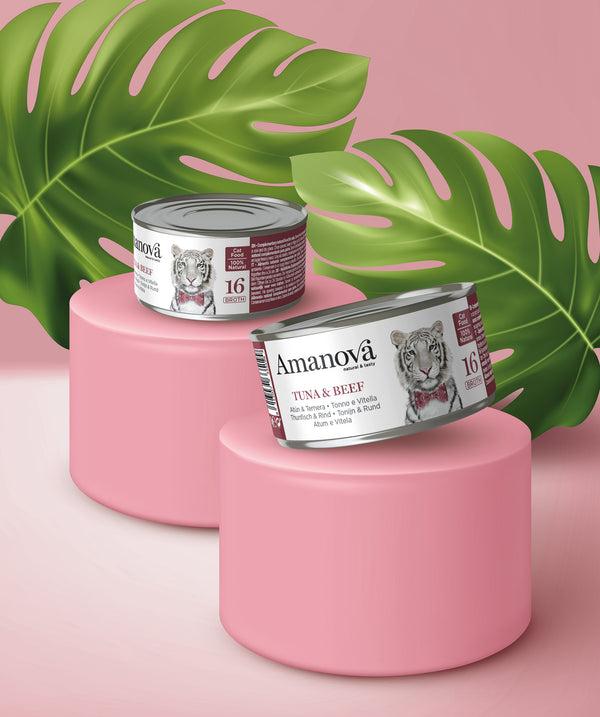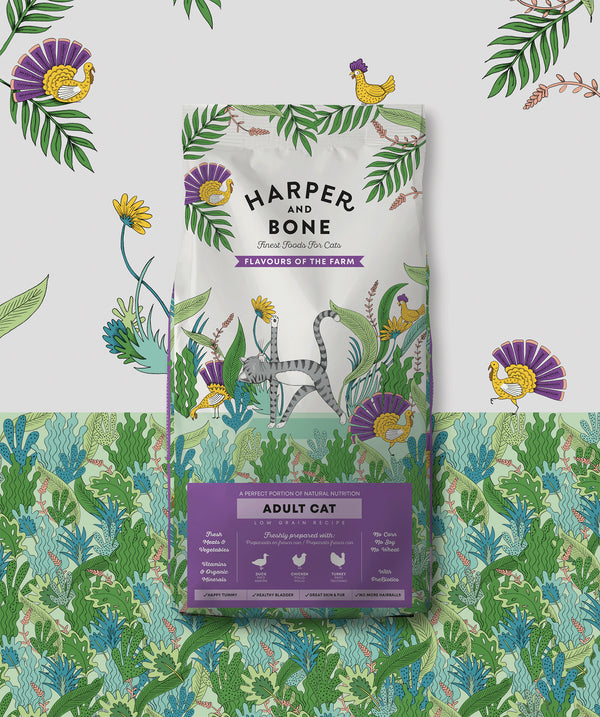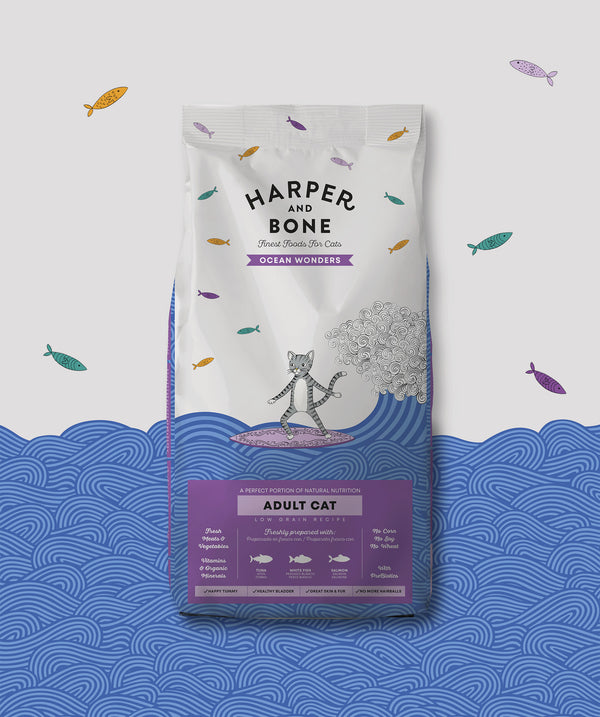Feeding our dogs
Feeding our dogs is a key decision for their well-being. Among the most valued options are dry food made with fresh meat and wet food—two very different alternatives in texture, storage, and nutritional composition. If you’re wondering which one to choose, this article explains the main differences between dry kibble and wet food, their benefits, and how to find the perfect balance based on your dog’s needs.
Differences between dry and wet food
Texture, storage, and format
One of the first differences between dry and wet food is the format. Dry kibble has a crunchy texture, is easier to store, and lasts longer once opened. In contrast, wet food contains a high percentage of water (around 70–80%), making it softer, juicier, and more palatable for some dogs.
Practically speaking, dry food allows for easier portioning and produces less waste, while wet food requires refrigeration once opened and must be consumed more quickly. This contrast is key when deciding between wet and dry food, especially depending on the owner’s lifestyle and the dog’s routine.
Moisture content and caloric value
Wet food for dogs contains a higher amount of water, which can help with hydration, especially for dogs that drink little. However, it also tends to have a lower caloric density, so it may be less filling than dry kibble in the same portion size.
On the other hand, dry food made with fresh meat provides a more concentrated caloric intake, ideal for active dogs or those with higher nutritional needs. Its lower moisture content also helps preserve nutrients better, promoting a more balanced and complete diet.
Composition and nutritional quality
Both options can offer a complete diet, but their quality depends on the ingredients used. Dry food made with fresh meat stands out for its high biological value proteins, essential vitamins, and minerals—without animal by-products or meat meals.
Wet food may include quality ingredients, but some formulas are more processed or have a lower protein content. Therefore, when comparing dry vs. wet food, it’s important to check the label and choose options that prioritize real, fresh ingredients suited to each life stage.
Advantages of dry food with fresh meat
High palatability and quality protein
One of the main advantages of fresh meat kibble is its excellent palatability. Using real meat as the main ingredient—rather than by-products—makes the food more appetizing for dogs, without the need for artificial flavorings. These proteins are also highly digestible, meaning the dog absorbs nutrients more efficiently and produces less waste. This results in better digestive health, fewer gases, and firmer stools, making daily hygiene easier at home.
Greater digestibility and nutrient absorption
Gentle processing of fresh meat at low temperature or by steam helps preserve its nutritional properties. This cooking method keeps essential amino acids and micronutrients intact, which are often lost through harsher methods. Thanks to this, dry food made with fresh meat not only provides energy and protein but also antioxidants, B vitamins, iron, zinc, and other minerals in their most bioavailable form. An ideal combination for maintaining immune, muscle, and cognitive health.
Supports dental health
Another benefit of dry food compared to wet food is its contribution to dental hygiene. Chewing kibble creates a mechanical action that helps reduce plaque and tartar buildup, preventing problems like bad breath or gum disease. In addition, some fresh meat kibbles include natural ingredients with antiseptic and anti-inflammatory properties, such as rosemary, thyme, or sage, which strengthen their protective effect on teeth and gums.
Practical storage and no unnecessary additives
Dry food with fresh meat is easy to store, takes up less space, and has a longer shelf life than wet food. Moreover, since it’s formulated without artificial preservatives, colorants, or flavorings, it provides a more natural and healthier daily option.
This combination of practicality, durability, and nutritional quality makes fresh meat kibble a balanced choice for both dogs and demanding owners who want the best for their four-legged companions.
Which option is best for your dog?
The choice between dry food with fresh meat and wet food depends on several factors: the dog’s age, specific needs, activity level, health condition, and even taste preferences. There’s no single answer for every case, but it’s essential to prioritize quality ingredients and balanced formulas.
For dogs with a good appetite, that chew well, and have no dental problems, dry food with fresh meat is an excellent choice. It provides all necessary nutrients, lasts longer, is easy to store, and helps maintain oral health. Meanwhile, wet food can be useful occasionally or as a supplement in mixed diets, especially for senior dogs or picky eaters.
In any case, the most important thing is to evaluate protein quality, ingredient types, and the absence of unnecessary additives. This is why more and more owners choose natural kibble made with fresh meat, free from by-products and fillers—a tasty, complete, and highly digestible option to care for your pet as it deserves.
Buy the best food for your dog in our online store
In our online store, you’ll find a carefully selected range of natural kibble made with fresh meat, designed to provide complete, tasty nutrition tailored to your dog’s real needs. We work with brands committed to quality, animal welfare, and innovation in formulas that truly make a difference.
At the same time, we also offer complementary formulas such as wet food, grain-free kibble, hypoallergenic options, food for sterilized dogs, or dogs with digestive sensitivities. Because every dog is unique, and its diet should fit its life stage and lifestyle—always with real ingredients and no artificial elements.
Shop quickly, safely, and with full confidence. Explore our complete catalog of top dog food brands and types, so you can simply enjoy seeing your companion happy, strong, and healthy at every meal.
